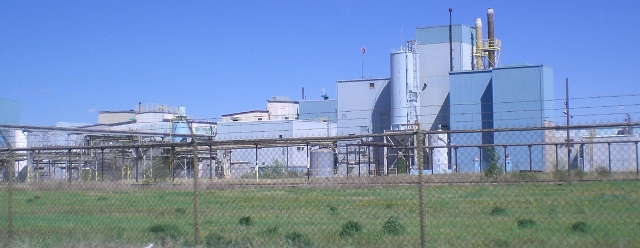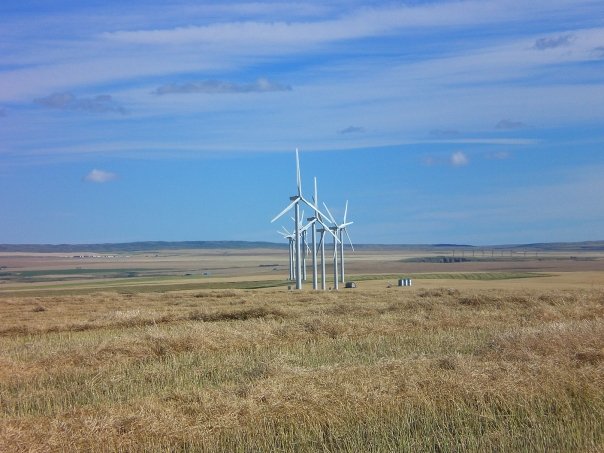This book was published in 1954, amid what the author, Dr. Joseph Wood Krutch, calls ‘The Age of Anxiety’. The world had just suffered through two wars that heavily eroded the optimism that had existed at the beginning of the 20th century. The tremendous destruction had seriously shaken the ideals of the world. This led […]
Tag: Health

Nuclear Myth and Fact Project
Nuclear Power: Our First Major Project In October 2008, the Uranium Development Partnership committee was formed by the government of Saskatchewan. We noted that the mandate of the committee was to recommend the best ways for Saskatchewan to enjoy prosperity by developing nuclear industries. We also noted that the committee seemed to be filled primarily […]
Before Vision of Earth Existed
Compelling ideas of what might be possible In 2007, many of us had our reasons to be discontent with the state and direction of our society. This is not to say that we were not grateful to be living in such wondrous times in a country of great affluence. We were acutely aware even then […]
Chevron Oil Spill off the BC Coast
Oil Spill Near Vancouver Apparently Chevron waited a month before informing the public about an oil, gas, and diesel leak into the Burrard Inlet in Burnaby, BC. However, it appears that they are actually following the regulations for such a leak. Locals are questioning both the direct effect on their habitat, and the ramifications of […]
Chevron’s Orphan Basin Project Under Scrutiny
Chevron says that it would not be able to clean up if its proposed deep sea rig off the coast of Newfoundland had a similar disaster to that currently happening in the Gulf of Mexico. They estimate extremely small possibilities of any major spills, but there are valid concerns about the sheer scale of what […]

Nuclear Power: The Whole Story
Electrical power production using a nuclear power source is accomplished through the heat produced by bringing greater than a specific amount of radioactive material together. Water is heated to create steam, which in turn spins turbines to generate electricity. Greater quantities or concentrations of nuclear material produce more heat. The higher the temperature of the heat source, the more efficient the production of electricity from it becomes. If the core becomes too hot, it is possible for core material to melt. If the reactor core is kept relatively cool, the energy production is not thermodynamically or economically efficient. Combinations of different fuels, fuel cladding, and coolants have been tested to optimize reactor cores for efficient power production while remaining very safe. Many different combinations are in use today, each with it’s advantages and disadvantages.
Radiation: Key Terms and Definitions
The activity of a piece of radioactive material (called a ‘source’) is a measure of how many radioactive decays taking place per second. If you compare two uranium sources for instance, the one with the higher activity would be emitting more energy. There are three kinds of radioactive decays: alpha, beta and gamma.

Wind Power: The Whole Story
“Wind Power” is the extraction of energy from the wind. Common techniques use a tower with a set of propeller blades that will spin when wind blows against them. Wind power is a renewable form of energy because wind is caused by the uneven heating of the earth by the sun.